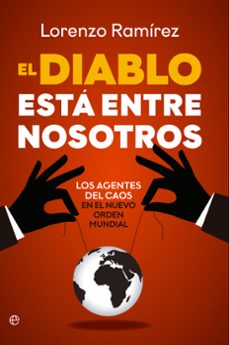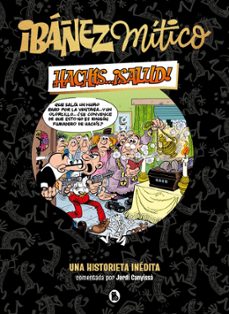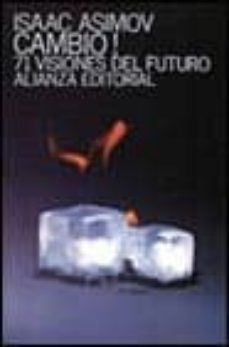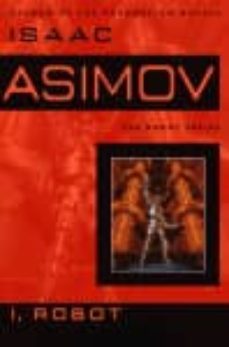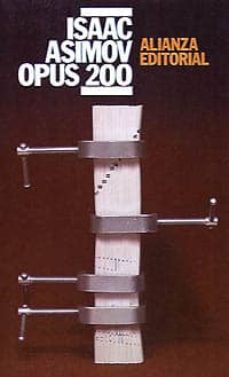Imprescindibles
Ficción
No Ficción
Ciencias y tecnología Biología Ciencias Ciencias naturales Divulgación científica Informática Ingeniería Matemáticas Medicina Salud y dietas Filología Biblioteconomía Estudios filológicos Estudios lingüísticos Estudios literarios Historia y crítica de la Literatura
Humanidades Autoayuda y espiritualidad Ciencias humanas Derecho Economía y Empresa Psicología y Pedagogía Filosofía Sociología Historia Arqueología Biografías Historia de España Historia Universal Historia por países
Infantil
Juvenil
#Jóvenes lectores Narrativa juvenil Clásicos adaptados Libros Wattpad Libros Booktok Libros de influencers Libros de Youtubers Libros Spicy Juveniles Libros LGTBIQ+ Temas sociales Libros ciencia ficción Libros de acción y aventura Cómic y manga juvenil Cómic juvenil Manga Shonen Manga Shojo Autores destacados Jennifer L. Armentrout Eloy Moreno Nerea Llanes Hannah Nicole Maehrer
Libros de fantasía Cozy Fantasy Dark academia Hadas y Fae Romantasy Royal Fantasy Urban Fantasy Vampiros y hombres lobo Otros Misterio y terror Cozy mistery Policiaca Spooky Terror Thriller y suspense Otros
Libros románticos y de amor Dark Romance Clean Romance Cowboy Romance Mafia y amor Romance dramatico Romcom libros Sport Romance Otros Clichés Enemies to Lovers Friends to Lovers Hermanastros Slow Burn Fake Dating Triángulo amoroso
Cómic y manga
Novela gráfica Novela gráfica americana Novela gráfica europea Novela gráfica de otros países Personajes, series y sagas Series y sagas Star Wars Superhéroes Cómics DC Cómics Marvel Cómics otros superhéroes Cómics Valiant
eBooks
Literatura Contemporánea Narrativa fantástica Novela de ciencia ficción Novela de terror Novela histórica Novela negra Novela romántica y erótica Juvenil Más de 13 años Más de 15 años Infantil eBooks infantiles
Humanidades Autoayuda y espiritualidad Ciencias humanas Economía y Empresa Psicología y Pedagogía Filosofía Historia Historia de España Historia Universal Arte Cine Música Historia del arte
Ciencia y tecnología Ciencias naturales Divulgación científica Medicina Salud y dietas Filología Estudios lingüísticos Estudios literarios Historia y crítica de la Literatura Estilo de vida Cocina Guías de viaje Ocio y deportes
ISAAC ASIMOV, página 11 de 37
Filtros
Del 201 al 220 de 639
HARPERCOLLINS PUB. 9780586074985
Tapa blanda
ALIANZA EDITORIAL 9788420699783
Este volumen recopila los artículos que Isaac Asimov escribió entre 1974 y 1980 acerca de cuestiones relacionadas con el porvenir humano y contiene 71 visiones del futuro, posibles pero no inevitables, concebibles pero no predeterminadas, en las que el gran divulgador cientifico y excelente novelista expone las sorprendentes y fantasticas perspectivas que abren los avances cientificos y tecnologicos de nuestra epoca.
Ver más
Tapa blanda
BANTAM BOOKS 9780553294385
The three laws of Robotics: 1) A robot may not injure a human being or, through inaction, allow a human being to come to harm 2) A robot must obey orders givein to it by human beings except where such orders would conflict with the First Law. 3) A robot must protect its own existence as long as such protection does not conflict with the First or Second Law. With these three, simple directives, Isaac Asimov changed our perception of robots forever when he formulated the laws governing their behavior. In I, Robot, Asimov chronicles the development of the robot through a series of interlinked stories: from its primitive origins in the present to its ultimate perfection in the not-so-distant future--a future in which humanity itself may be rendered obsolete. Here are stories of robots gone mad, of mind-read robots, and robots with a sense of humor. Of robot politicians, and robots who secretly run the world--all told with the dramatic blend of science fact and science fiction that has become Asmiov's trademark.
Ver más
Tapa blanda
ALIANZA EDITORIAL 9788420602080
Si Opus 100 (LB 1141) daba cuenta de los primeros 99 libros dados por Isaac Asimov a la imprenta, Opus 200 ofrece una coherente selección de extractos de los segundos 99 títulos del gran escritor y divulgador, ordenados en quince campos tematicos (Astronomia, Robots, Matematicas, Fisica, Quimica, Biologia, Palabras, Historia, la Biblia, Textos breves, Humor, Ciencias Sociales, Literatura, Misterio y Autobiografia) y enriquecidos por introducciones y comentarios.
Ver más
Tapa blanda
HARPERCOLLINS PUB. 9780008117511
When the First Foundation was conquered by a force Seldon had not foreseen - the overwhelming power of a single individual, a mutant called the Mule - the second Foundation was forced to reveal its existence and, infinitely worse, a portion of its power. One man understood the shifting patterns of the inhabited cosmos. This was Hari Seldon, the last great scientist of the First Empire. The mathematics of psychohistory enabled Seldon to predict the collapse of the Empire and the onset of an era of chaos and war. To restore civilization in the shortest possible time, Seldon set up two Foundations. The First was established on Terminus in the full daylight of publicity. But the Second, "at the other end of the galaxy", took shape behind a veil of total silence. Because the Second Foundation guards the laws of psychohistory, which are valid only so long as they remain secret. So far the second Foundation's location, its most closely guarded secret of all, has been kept hidden. The Mule and the remnants of the First Foundation will do anything to discover it. This is the story of the Second Foundation.
Ver más
Tapa blanda
......
Del 201 al 220 de 639




